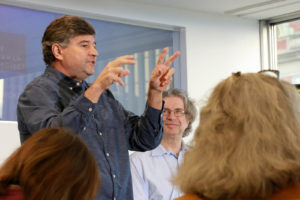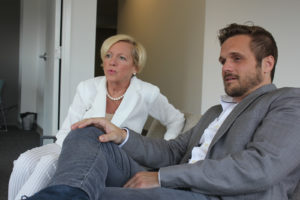When Cleverness and Wit Won’t Fix Your Problem
Hint: They rarely fix anything
Back in February, KFC had won the internet.
The Yum! brand reversed the script on a big snafu in their U.K. locations. Over 900 of their restaurants, Kentucky Fried Chicken restaurants, had run out of a critical ingredient — chicken. Right. KFC with no C. Restaurants were closed. Essentially, they had made a change to their supply chain, and the new distribution partner was not working out.
Almost immediately the Twittersphere exploded with nasty messages. There was a #KFCCrisis trending hashtag. KFC, however, got out ahead of the outrage with a lighthearted and funny approach. There was a letter from the Colonel himself online and an ad in which they made fun of their own brand transposing their letters: “FCK. We’re Sorry.”

The marketing world embraced them for their chutzpah. It became one of those instant crisis turned to a marketing win stories on LinkedIn. They had taken what should have been embarrassing and changed it into a chance to get more transparent with their audience.
All was well.
That was until months went by and little changed. As of this writing, the company is still working to solve the problem. A good number of locations lack a consistent supply of the main menu ingredients, so would-be patrons are turning away from the counter and again going to Twitter to launch into vitriol.
It is unfortunate when charm or wit won’t heal something. But the truth is that charm and wit rarely heal anything.
KFC is not alone in this. When going through a change, many companies will work on the communications part of the problem. Communications strategies — public relations, social media, digital marketing — are worthwhile endeavors. And they are often the places where the pain of change will manifest. However, changes to structure, governance and processes are usually far more complex than a witty social media strategy.
The trouble is that playing with communications feels like something is being accomplished. In a recent Harvard Business Review article, Alison Reynolds and David Lewis refer to this phenomenon as the “tyranny of the tangible.” We are forced into situations where our outcomes must be quickly measured, so we do not focus on the root cause of a challenge. We treat symptoms. Reynolds and Lewis say that this mindset can account for 17 percent of large IT projects going so badly that they threaten a company’s existence.
If you hope to lead your company through a change — large or small — it will not begin by finding a witty way to use communications tools. Rather than trying to game the system, lasting change begins with the people in your organization. A focus on nurturing the culture — the oft-unspoken values of the humans involved in the challenge — is critical.
As a leader, it is your role to set course. You can then empower your people to help you create the plan to get there. And that nurturing takes time. It requires trust because it deals with people.
With the organizations we have helped at Bigwidesky, we schedule a set of workshops at the beginning of each project. It does not matter how small. We gather the stakeholders of a challenge and find out what kind of system reflects how they can look forward together. We play with the future. We analyze what kinds of solutions will respect their values, aspirations and assumptions. Without this critical step, the best you can get from humans is resentful compliance…or, in the case of KFC, witty Twitter posts.













